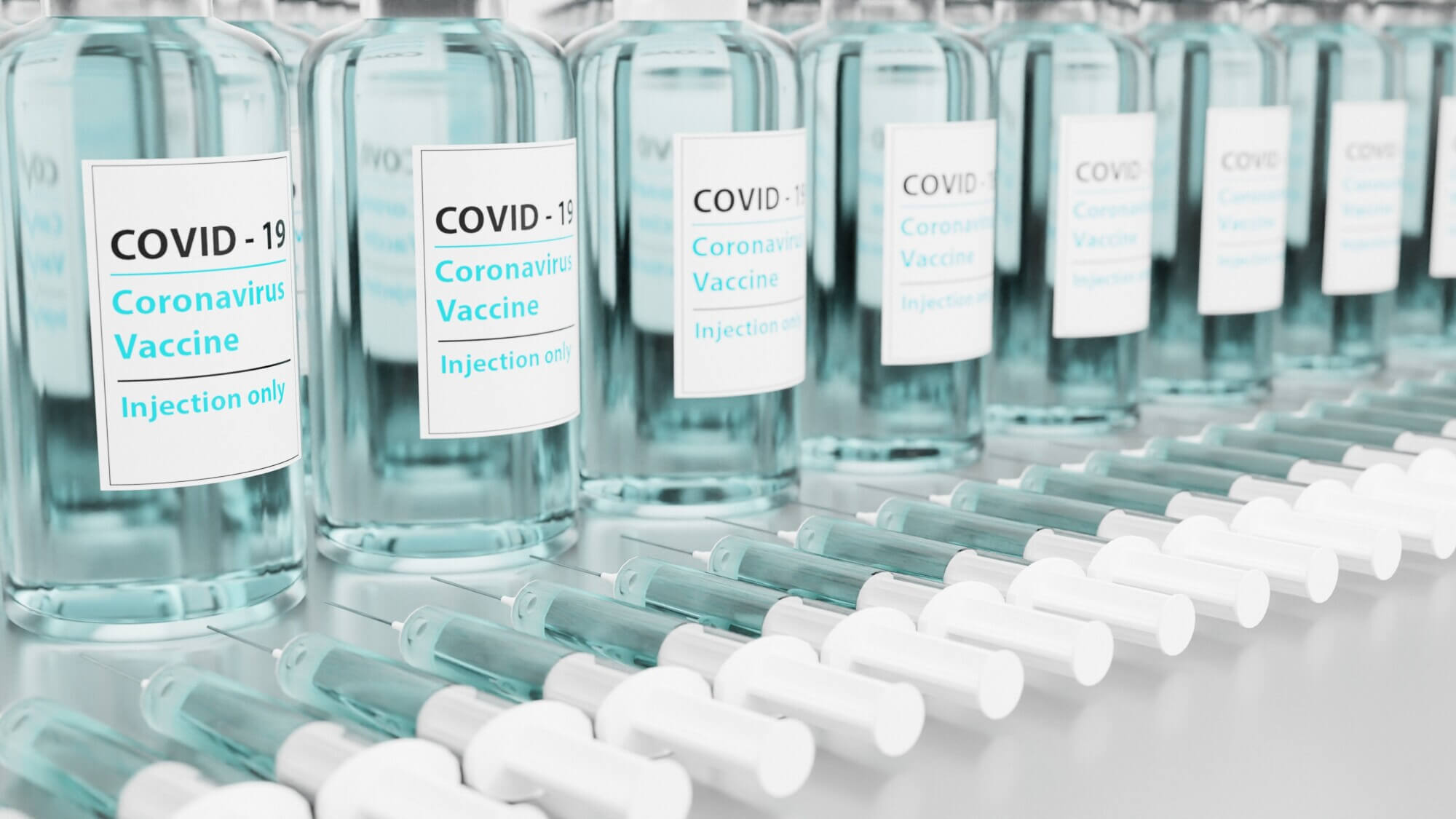
January 1, 2021
What Is Wi-Fi Temperature Monitoring?
You have just received an extra shipment of vaccines, and you couldn’t be more excited to start administering them to an ever more health-conscious public.
The question is, how do you know that the vaccines have been kept at the right temperatures for safe use?
The reality is, the temperatures that you expose vaccines to have to be monitored and reported during their entire supply chain. This supply chain stretches from the point of origin at the manufacturer’s facility to the place where vaccinations will occur.
Fortunately, that’s where Wi-Fi temperature monitoring comes in.
By monitoring vaccines’ temperature exposure using Wi-Fi, you can preserve the efficacy of the vaccines and prevent waste. In addition, you can remain in compliance with regulations governing data monitoring.
Here’s a rundown on the process of monitoring the temperatures of vaccines using Wi-Fi temperature monitoring.
What Is Wi-Fi Temperature Monitoring?
Wi-Fi temperature monitoring involves using Wi-Fi–driven devices to keep tabs on the vaccines you’re in charge of at any given point.
For instance, you can use a battery-powered Wi-Fi transmitter to monitor against preset temperature conditions that you have defined. This type of transmitter comes with special sensor nodes and can easily work with your existing wireless network.
Note that when using a Wi-Fi transmitter, you won’t need any of the following devices: receivers, hosts, repeaters, and routers. In addition, the transmitter’s sensors can use WPA2, WPA, and WEP encryption.
A Wi-Fi transmitter is also designed to provide both visual and audio alerts. You may receive the following types of alerts as well:
- Fax
- Mobile phone
- Pager
- Voicemail
- Text message
With a Wi-Fi transmitter, any temperature-related information that is recorded in a database will be time stamped. Thus, no one will be able to alter it via the device’s user interface.
All in all, this type of transmitter makes it possible to implement systematic and comprehensive vaccine temperature monitoring at every level of the supply chain. In other words, it offers excellent opportunities for improving your vaccines’ supply chain.
Importance of Wi-Fi Temperature Monitoring
Wi-Fi temperature monitoring is critical because both extreme heat and extreme cold can affect the efficacy of a vaccine.
A vaccine loses its potency with time, and unfortunately, heat speeds up this loss of potency.
Meanwhile, freezing may irreversibly damage a vaccine that contains aluminum hydroxide or aluminum phosphate. This may, in turn, lead to a decreased immune response in the person injected with it. In addition, it may increase the person’s chances of having local reactions.
Given the above, vaccines should generally be stored in the temperature range of two degrees Celsius to eight degrees Celsius. An exception to this rule, however, is the oral polio vaccine (OPV), which must remain deep-frozen. The OPV should be kept in the temperature range of -25 degrees Celsius to -15 degrees Celsius.
Reasons for Hot Temperature Problems
Vaccines may be exposed to too much heat in a wide range of situations.
For instance, an electrical power failure might cause a break in a vaccine’s cold chain. In addition, a refrigerator being used in an area without electricity may stop running if you run out of kerosene or gas.
Additional culprits include refrigerated vehicle breakdown or even parking a vaccine transport vehicle in direct sun.
Reasons for Cold Temperature Problems
Vaccines that are freeze sensitive may be damaged if they are stored in close proximity to a cold room. Likewise, they may develop problems if they are stored in cold spots like the dividing walls between cold rooms and freezer rooms.
An improper thermostat adjustment inside a refrigerator or cold room may also cause vaccines to be exposed to too much cold. Likewise, problems may arise if vaccines are transported in a refrigerated vehicle that is incorrectly packed or poorly maintained.
Who Can Benefit from Wi-Fi Temperature Monitoring?
Wi-Fi temperature monitoring is critical for a wide variety of organizations, including the following:
- Pharmacies
- Clinics
- Hospitals
- Dietary departments
- Blood banks
- Laboratories
- Pharmacies
Wi-Fi temperature monitoring devices can be used to monitor temperatures either onsite or at remote buildings/ satellite locations. In addition, you can deploy these devices in the following areas:
- A room
- A refrigerator
- A freezer
- An incubator
- Temperature-sensitive equipment, like a blanket warmer
With Wi-Fi temperature monitoring devices, you can make sure that your organization is meeting regulatory compliance standards for your particular setting.
As a general rule of thumb, you should try to record your vaccine temperatures twice per day. A health facility could probably do this five days per week. Meanwhile, a facility storing a large number of vaccines may want to do this seven days per week.
The more you monitor your vaccines’ temperatures, the better your chances of quickly resolving issues that may crop up at any time.
How We Can Help
At SensoScientific, we take pride in designing, engineering, and manufacturing Wi-Fi transmitters that can help with Wi-Fi temperature monitoring.
Since 2005, our company has provided regular product enhancements that meet today’s health care environment’s changing needs. For this reason, we have developed a reputation for offering the market’s most practical and advanced wireless system.
We are also committed to consistently ensuring the quality of your products. That’s why we created a quality management system for measuring as well as elevating our performance.
Contact us to learn more about how we can help you to easily perform Wi-Fi temperature monitoring to keep your vaccine supply in tip-top shape in the coming months.